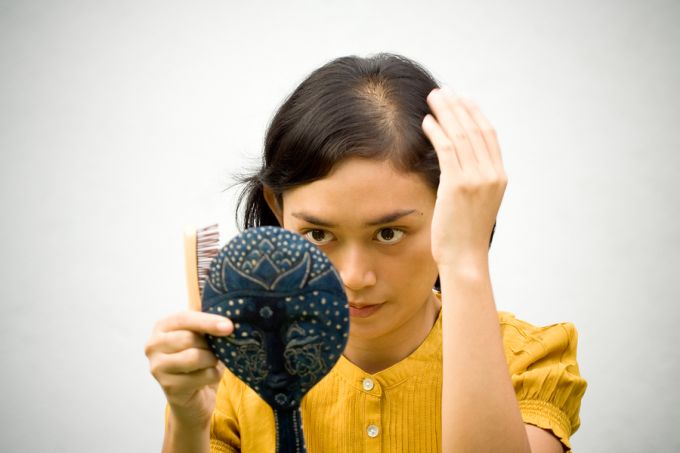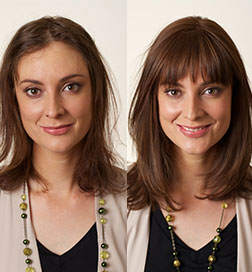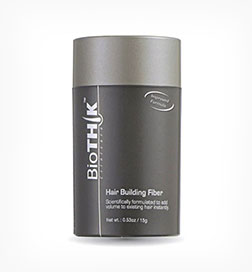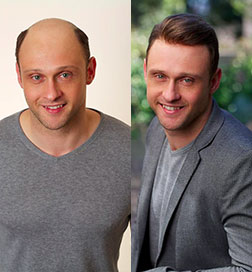‘Worldwide, women make up 14.2 per cent of all hair restoration patients. Since 2004, the number of female surgical hair restoration patients has increased by 24 per cent.’
— International Society for Hair Restoration Surgery (ISHRS)
This staggering statistic only proves that hair loss is not a domain reserved only for men. Women may also experience thinning hair or hair loss at some stage in their lives. Approximately 80 per cent of women may exhibit noticeable signs of hair loss as they reach the age of 60. The only main difference between male and female hair loss is the pattern of the condition.

The Three General Patterns of Hair Loss in Women
Female pattern baldness (FPB) or androgenetic alopecia is the most common type of hair loss in women. It is a distinctive form of baldness that is characterised by a receding hairline on the top and crown of the scalp while the front hairline remains unaffected except for normal recession. Below are three general patterns of female hair loss:
1. Christmas Tree Pattern
Frontal accentuation is a type of hair loss pattern that is commonly referred to as the ‘Christmas tree pattern’. The term was first coined by Dr. Elise Olsen, a dermatology specialist, who noticed that the hair loss resembled the shape of the base of a tree (at the hairline) and the tip of the tree (at the centre of the scalp).
2. Ludwig Pattern
A hair loss pattern that is demonstrated in the Ludwig Scale. This separates female pattern baldness in three unique stages or types, namely:
• Type I (Mild) — exhibits an early sign of thinning that may become noticeable when the hair is parted down the centre of the scalp. Most women who are in this stage of hair loss may have difficulty noticing the condition since the frontal hairline remains intact.
• Type II (Moderate) — shows a noticeable thinning, shedding and decrease of hair volume accompanied by a significant widening of the midline part that may broaden over time.
• Type III (Extensive) — characterised by a thin, see-through look on the top of the scalp that is usually associated with generalised hair thinning problem.
3. Norwood-Hamilton Pattern
A type of hair loss pattern that is similar to the pattern seen in men experiencing androgenic alopecia. Women experiencing this condition may exhibit recession of the hairline that resembles the Norwood-Hamilton Type II pattern of hair loss. The condition may progress to Norwood-Hamilton Type IV typically when women reach the age of 50 to 60. In very rare cases, this condition may progress to Norwood-Hamilton Type VI and VII.
Female pattern baldness is subtle and unpredictable. Most women who experienced hair loss may not realise that they’re losing their locks until the condition has reached its advanced stage.
If you fear that you may be experiencing female hair loss, contact us today.
At Transitions Hair, we offer a free consultation to help you identify your type of hair loss condition. We also provide a range of clinically proven hair loss treatments that will restore the beauty of your crowning glory.




